YOUR BROWSER IS OUT-OF-DATE.
We have detected that you are using an outdated browser. Our service may not work properly for you. We recommend upgrading or switching to another browser.
Date: 17.07.2023 Category: general news, international cooperation
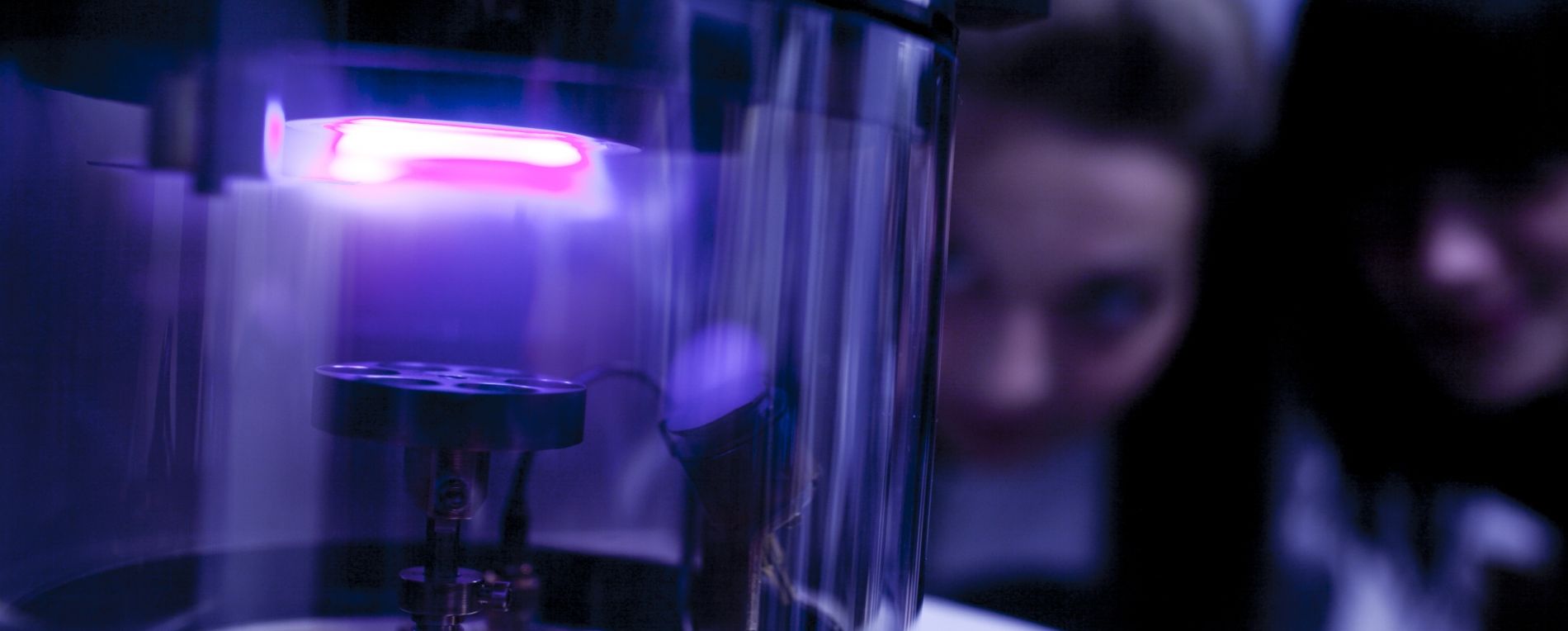
Six PhD students from Wrocław Tech’s Doctoral School will soon be leaving for their placements at renowned universities around the world. Their participation in the InterDocSchool project will allow them to collaborate with research teams from the USA, Denmark, France, Spain, the Netherlands and Germany.
This is the fifth group of young researchers from Wrocław Tech to do a foreign placement organised under the InterDocSchool programme. The project is funded by the National Agency for Academic Exchange (Polish acronym: NAWA) as part of the competition's ”Helm – the Internationalisation of Doctoral Schools”.
A total of 30 people took advantage of the opportunity for an overseas placement. Organised by Wrocław Tech’s Doctoral School, the stays last one or three months.
 The PhD student is concerned with predicting key variables related to forecasting in power systems – such as electricity demand, renewable energy generation, and market prices. He is working on his doctoral thesis under the supervision of Przemysław Janik, PhD, Dsc, Eng. from the Faculty of Electrical Engineering.
The PhD student is concerned with predicting key variables related to forecasting in power systems – such as electricity demand, renewable energy generation, and market prices. He is working on his doctoral thesis under the supervision of Przemysław Janik, PhD, Dsc, Eng. from the Faculty of Electrical Engineering.
“By perfecting forecasting techniques, we are providing power system operators with up-to- date and reliable information to enable them to make informed decisions and optimise the operation of the power grid,” he stresses.
His placement at the Brandenburg University of Technology (BTU) is a follow-up to a collaboration with a researcher from the German university’s Department of Power Distribution and High Voltage Engineering, which resulted in a joint research paper on the study of power flow prediction in a regional grid cluster using deep learning models.
During his placement, he will conduct research together with Klaus Pfeiffer, PhD, Eng.
“I intend to acquire metering data from BTU facilities, evaluate techniques for forecasting power demand and renewable energy generation, develop a practical algorithm for power system operators to optimise their work, and improve the reliability and resilience of the power system,” explains the researcher.
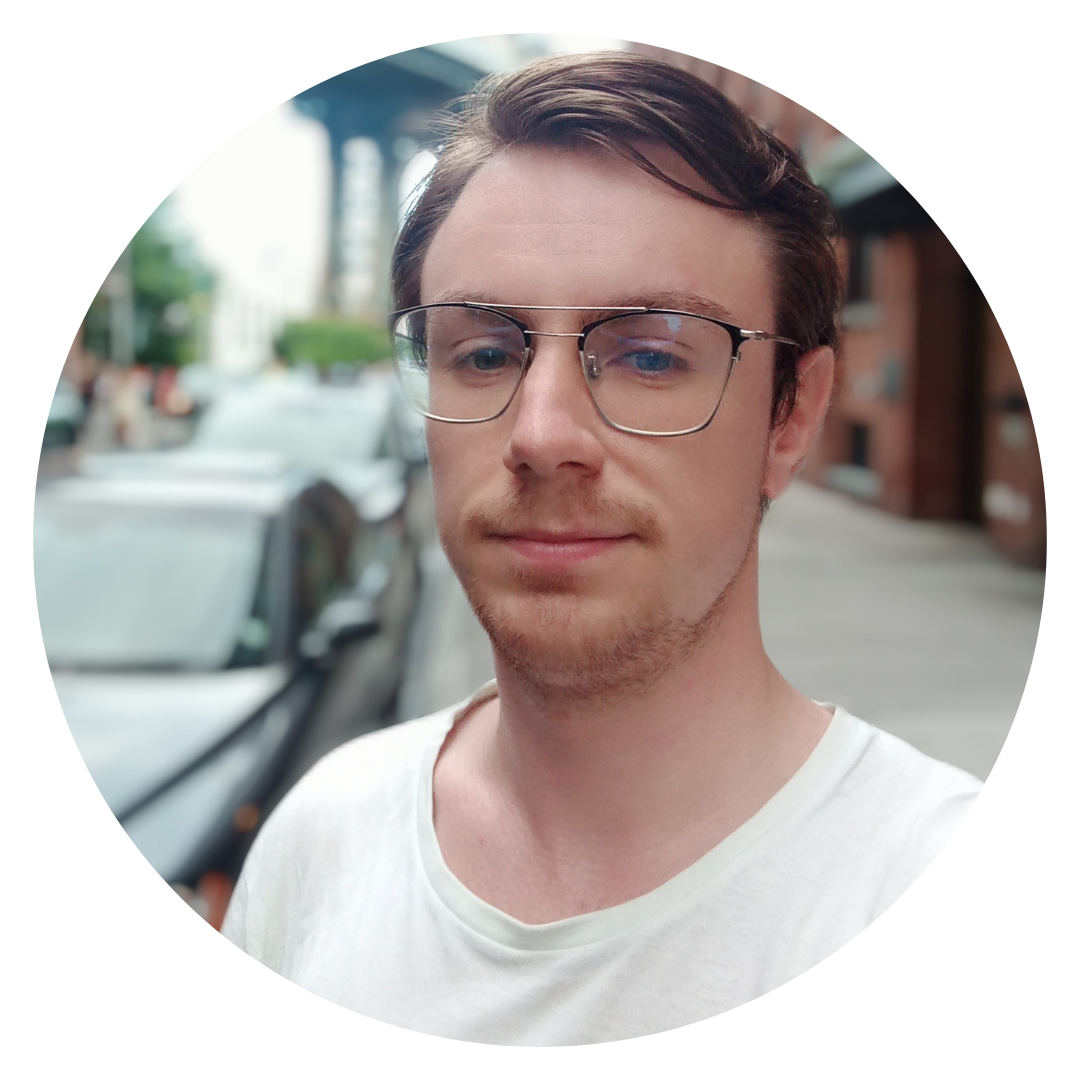 His research work focuses primarily on the optimisation of methods for the synthesis of nano- and microcrystals doped with lanthanide ions that exhibit luminescent properties interesting in terms of application in combined therapy and diagnostics – so-called theranostics.
His research work focuses primarily on the optimisation of methods for the synthesis of nano- and microcrystals doped with lanthanide ions that exhibit luminescent properties interesting in terms of application in combined therapy and diagnostics – so-called theranostics.
Patryk Fałat is working on his doctoral thesis at the Institute of Advanced Materials (Faculty of Chemistry) under the supervision of Dominika Wawrzyńczyk, PhD, Dsc, Eng., Professor of the University.
“I’m striving to obtain materials that, as a result of optical excitation, can emit light in two biologically relevant wavelength ranges: between 200 nm and 280 nm (ultraviolet radiation) and between 900 nm and 1700 nm (infrared radiation),” says the researcher.
During a three-month placement in the group headed by Prof. Andries Meijerink, a world- renowned physicist working on the optical spectroscopy of luminescent nanomaterials, he is going to conduct research into the enhancement of radiation emitted by nano- and microparticles.
“I’ll place particular emphasis on the effect of functionalising the surfaces of the materials I obtained previously with molecules of selected organic dyes on the emission of ultraviolet radiation produced through the up-conversion of photon energy,” he explains.
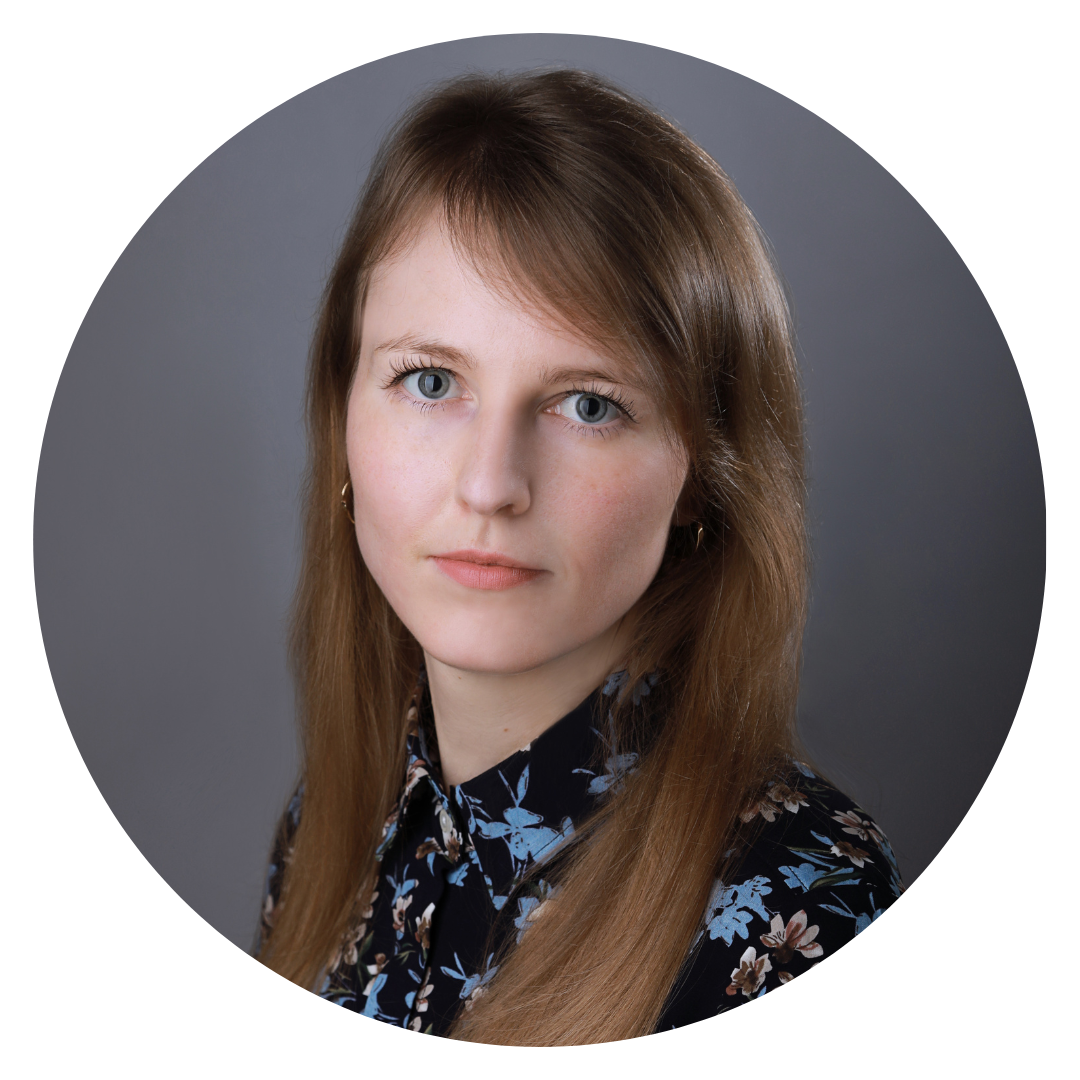 Her doctoral thesis is dedicated to the evaluation of the effectiveness of horizontal damp-proofing in brick walls. She is pursuing it at the Faculty of Civil Engineering under the supervision of Łukasz Sadowski, PhD, Dsc, Eng., Professor of the University and Anna Hoła, PhD, Eng.
Her doctoral thesis is dedicated to the evaluation of the effectiveness of horizontal damp-proofing in brick walls. She is pursuing it at the Faculty of Civil Engineering under the supervision of Łukasz Sadowski, PhD, Dsc, Eng., Professor of the University and Anna Hoła, PhD, Eng.
“Building degradation caused by excessive moisture in brick walls is a problem commonly occurring in the construction industry,” she explains. “If salts are contained in the water penetrating the masonry, visible salt stains appear on the surface. I chose the Massachusetts Institute of Technology (MIT) as the location for my placement. There, I'll have the opportunity to carry out research in state-of-the-art laboratories with advanced equipment and tools for applications including chemical analysis and determining the elemental composition and crystallographic arrangement of bricks.
While at MIT, the doctoral student will conduct research to see if chemical reactions occur between the salts in the bricks and the chemical injection material. She intends to determine what effect the salts contained in the soil have on the horizontal damp proofing performance. The internship will be concluded with a seminar she will deliver at MIT.
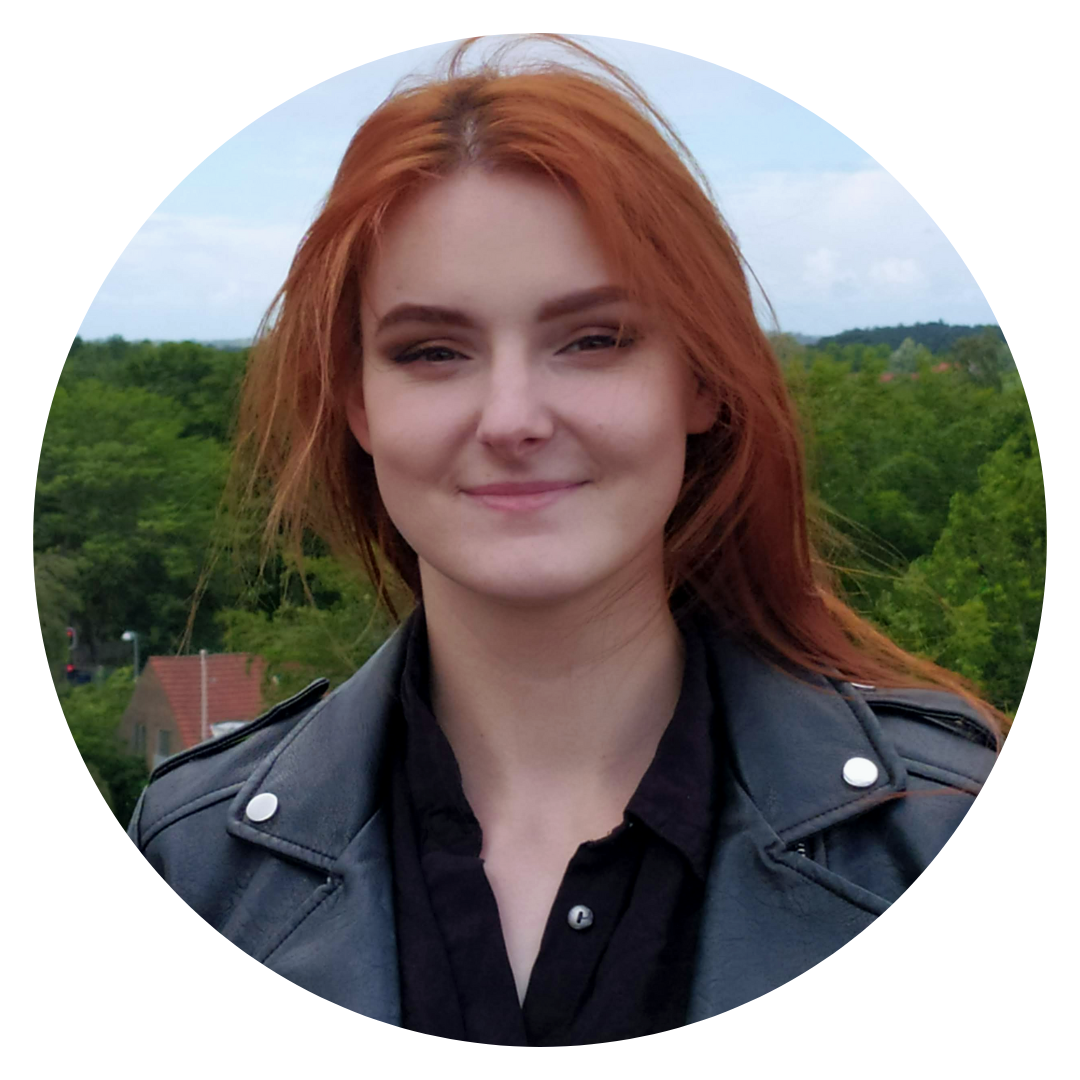 She investigates the properties of semiconductor nanostructures designed for the mid-infrared range. Her doctoral thesis mainly characterises Bragg mirrors and subwavelength diffraction gratings, including those etched in the core of a cascade laser. The main motivation for her research is optical gas detection. She is working on her doctoral thesis under the supervision of Marcin Motyka, PhD, Dsc, Eng. from the Faculty of Fundamental Problems of Technology,
She investigates the properties of semiconductor nanostructures designed for the mid-infrared range. Her doctoral thesis mainly characterises Bragg mirrors and subwavelength diffraction gratings, including those etched in the core of a cascade laser. The main motivation for her research is optical gas detection. She is working on her doctoral thesis under the supervision of Marcin Motyka, PhD, Dsc, Eng. from the Faculty of Fundamental Problems of Technology,
During the internship, she will deal with surface-emitting semiconductor lasers with a vertical resonant cavity using subwavelength diffraction gratings and electromechanical microsystems. She will participate in the manufacture of these structures and subsequently characterise them.
“I chose the Danish University of Technology for its qualities including the well-equipped infrastructure for the production of the most complex semiconductor structures, such as clean rooms with over 100 highly qualified employees,” says Monika Mikulicz. “What’s more, my placement supervisor, Prof. Kresten Yvind, is a recognised expert with an established track record in lasers and the growth of photonic structures.”
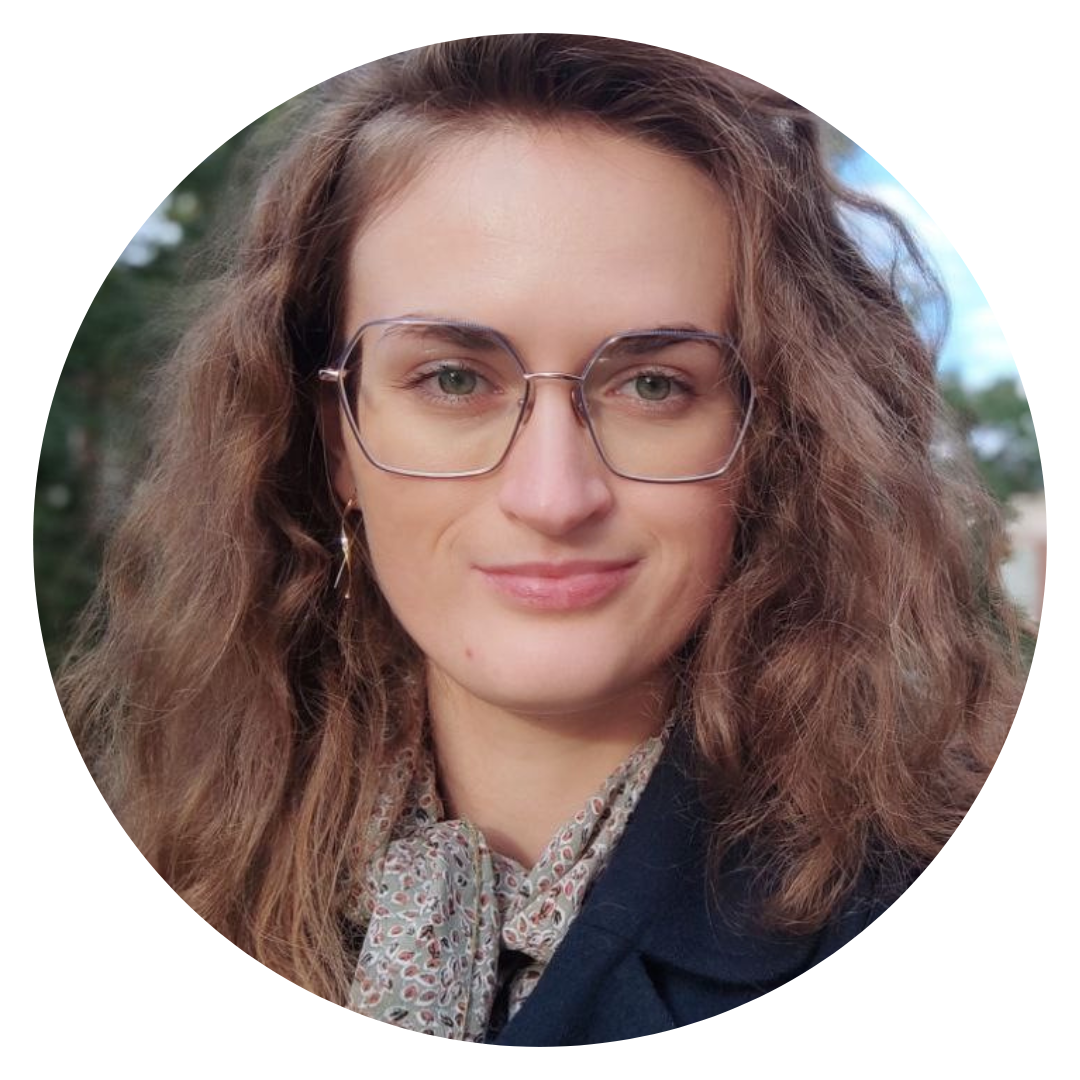 The doctoral student is pursuing the subject of non-linear phenomena in optical fibres. The research could contribute to the increase in Internet capacity, as well as the development of light sources using previously unavailable wavelengths. He is carrying out his research as part of an international doctorate initiative jointly organised by Wrocław Tech and Université Bourgogne-Franche-Comté, one of the leading centres in the area of non-linear optics in optical fibres. Her supervisors are Karol Tarnowski, PhD, DSc, Eng., Professor of the University, from the Department of Fundamental Problems of Technology at Wrocław Tech and Bertrand Kibler, PhD from the Laboratoire Interdisciplinaire Carnot de Bourgogne at UBFC.
The doctoral student is pursuing the subject of non-linear phenomena in optical fibres. The research could contribute to the increase in Internet capacity, as well as the development of light sources using previously unavailable wavelengths. He is carrying out his research as part of an international doctorate initiative jointly organised by Wrocław Tech and Université Bourgogne-Franche-Comté, one of the leading centres in the area of non-linear optics in optical fibres. Her supervisors are Karol Tarnowski, PhD, DSc, Eng., Professor of the University, from the Department of Fundamental Problems of Technology at Wrocław Tech and Bertrand Kibler, PhD from the Laboratoire Interdisciplinaire Carnot de Bourgogne at UBFC.
“During of my previous stay at UBFC, I demonstrated experimentally that so-called discrete cone emission can be observed in multimode optical fibres. The conical wave is a phenomenon found in other areas of physics (hydrodynamics and acoustics). As for optics, it has so far only been studied with respect to glasses and gases. It has similar properties to a Mach cone, which is a shock wave created when a fighter plane travels at a supersonic speed,” she explains.
The researcher adds that in an optical fibre, light can only propagate along a very specific path (called a mode). A single-mode optical fibre is so small that light can only travel in one way – straight ahead. In a multimode optical fibre, light can propagate along different paths, as if it could “bounce” off the walls of the sheath multiple times. Taking advantage of the fact that, in optical fibre, the colours (i.e. the different wavelengths) that make up the ultra-short pulses don’t travel at the same speed (a phenomenon called dispersion) and that the different possible paths in a multimode fibre are longer or shorter, it is possible to produce laser pulses that don’t “diverge” at all during propagation. A discrete conical wave produced in a multimode optical fibre will be very useful in shaping laser beams and complex light fields that will retain their spatio-temporal structure as they travel through the optical fibre.
“I’m going to carry on working on this topic as part of the InterDoc project,” says the doctoral student. “Our French collaborators have recently shown that, by combining the concept of a discrete conical wave and a spiral beam, a wave packet can be emitted in optical fibres that spins as it propagates, and – as in the case above – it won’t “diverge”. My task during my month-long stay will be to build a system in which I can observe and characterise this phenomenon in a multimode optical fibre.”
In his doctoral thesis, written under the supervision of Professor Anna Witek-Krowiak from the Department of Chemistry, he researches high-protein waste management.
“The area of my research is multidimensional, due to my intention to combine the process of creating fertilisers, in this case by chemical hydrolysis, with methods of applying fertilisers in the form of hydrogels,” says the placement winner. “This combination enables a comprehensive approach to the fertiliser and waste problems of today;s world.”
During his placement at the Polytechnic University of Valencia under the supervision of Prof. José Vicente García Pérez, he wants to pursue research into the use of ultrasound to support the process of chemical hydrolysis, which is expected to translate into an increase in the extraction of amino acids from high-protein materials, thereby increasing their bioavailability to plants.
“The professor is a specialist in the field of ultrasound application and has the specialised equipment to apply ultrasound in any conditions, which will make it possible to determine the impact of various parameters on the performance of the proposed solution,” adds the PhD student.
The InterDocSchool, for which our university received NAWA’s financial support amounting to almost 2 million PLN, comprises – in addition to research placements abroad – grants for the best doctoral students whose doctoral projects are conducted in the shape of international collaboration, the organisation of summer and winter schools, lectures delivered by foreign scientists, and the organisation of new courses.
The project is another measure to support the academic mobility of Wrocław Tech’s young researchers. Their work in teams led by eminent researchers is also expected to result in long- term collaborations with these research units, some of which are trail-blazers in their respective areas, in the fields and on issues complementary to those dealt with by our researchers at Wrocław Tech.
Our site uses cookies. By continuing to browse the site you agree to our use of cookies in accordance with current browser settings. You can change at any time.